16 ‘Tourist Traps’ That Are 100% Worth The Trip
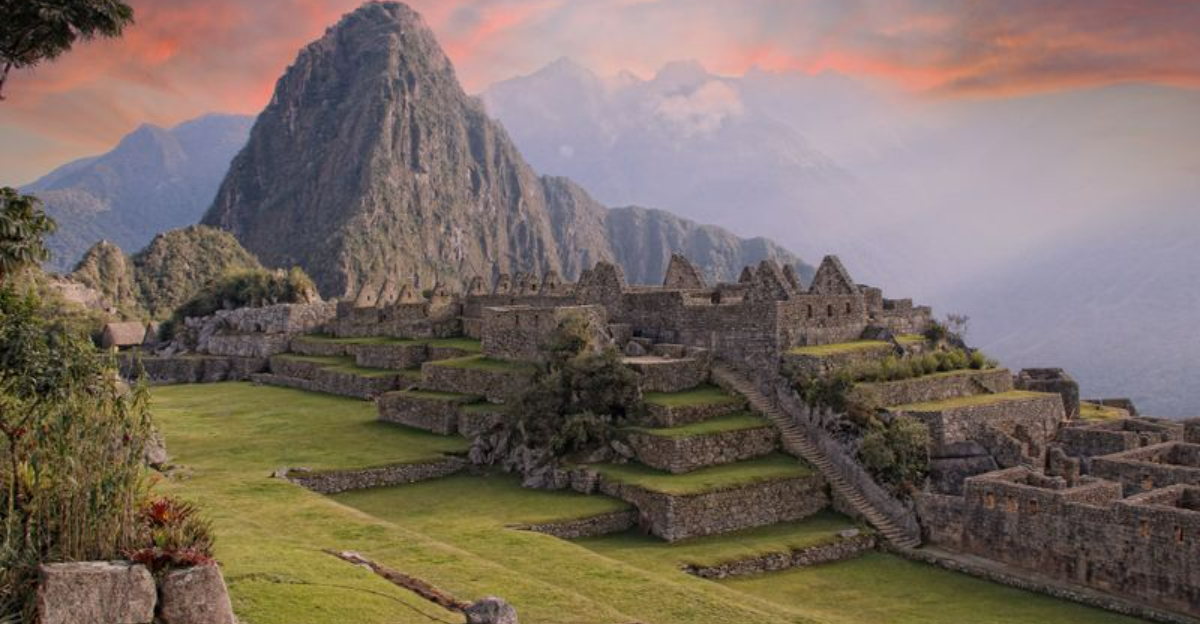
We’ve all heard the warnings about tourist traps – those crowded, overpriced attractions that rarely live up to the hype. But sometimes, the most popular spots actually deliver an experience worth every penny and minute spent in line.
From ancient wonders to modern marvels, these destinations might be swarming with visitors, but they’ve earned their popularity for good reason. Here’s my list of tourist hotspots that truly deserve their fame.
1. The Eiffel Tower’s Sparkling Magic
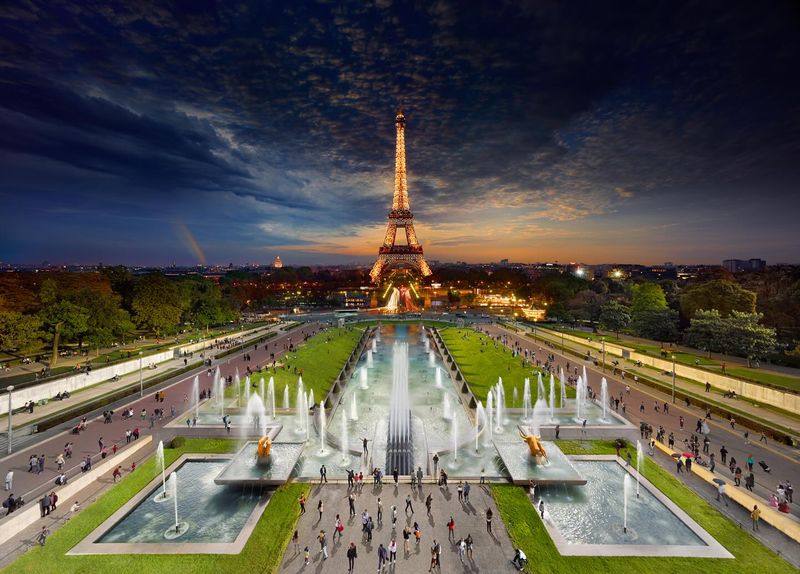
Nothing prepared me for the actual majesty of the Eiffel Tower. Photos simply don’t capture its intricate ironwork or impressive scale. When you stand beneath this 1,063-foot engineering marvel, you’ll understand why it attracts millions annually.
I recommend visiting twice – once during daylight to appreciate the structure and again after dark when the hourly light show transforms it into a twinkling beacon. The views from the top are genuinely spectacular, offering a sprawling panorama of Paris that helps you understand the city’s layout.
Even with the crowds and ticket prices, this iconic landmark delivers an authentic Parisian experience. Pro tip: book tickets online in advance and visit during shoulder seasons (April-May or September-October) for shorter lines.
2. The Grand Canyon’s Breathtaking Vastness
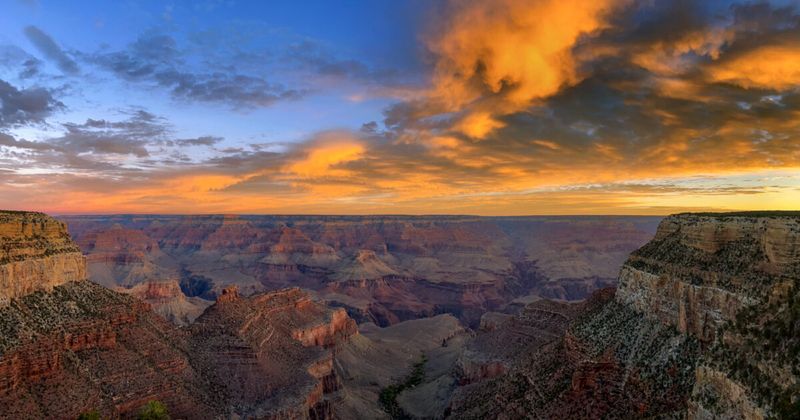
My first glimpse of the Grand Canyon literally stopped me in my tracks. Despite seeing countless photos, nothing compares to standing at the rim of this colossal natural wonder, stretching nearly 277 miles long and up to 18 miles wide. The layered bands of red rock tell a geological story spanning two billion years.
Sunrise visits offer the most magical experience, as golden light gradually illuminates the canyon walls, revealing their true colors. Walking even a short distance along the rim trail takes you away from the main viewpoints where most visitors cluster.
For an unforgettable experience, hike even partway down into the canyon – the perspective shift is worth the climb back up. The South Rim stays open year-round, while the less-crowded North Rim closes during winter.
3. Machu Picchu’s Ancient Mystery
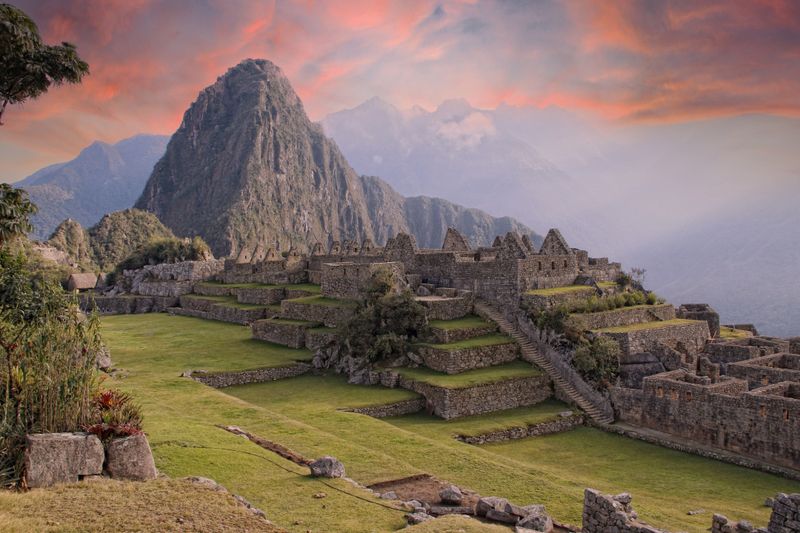
Hidden among Peru’s misty Andes Mountains, Machu Picchu remains one of humanity’s most impressive achievements. The 15th-century Inca citadel sits 7,970 feet above sea level, perfectly preserved despite its advanced age.
My visit left me wondering how ancient builders created such precisely fitted stone structures without modern tools.
Early morning visitors might catch the magical moment when clouds part to reveal the entire complex. The site’s agricultural terraces, temples, and living quarters showcase the Incas’ advanced understanding of architecture, astronomy, and agriculture.
Though reaching Machu Picchu requires effort – either via train and bus or the famous Inca Trail hike – the journey enhances the destination’s impact.
Despite the strictly controlled visitor numbers (book permits months in advance), this UNESCO World Heritage site exceeds expectations with its spiritual atmosphere and engineering brilliance.
4. Venice’s Romantic Canals
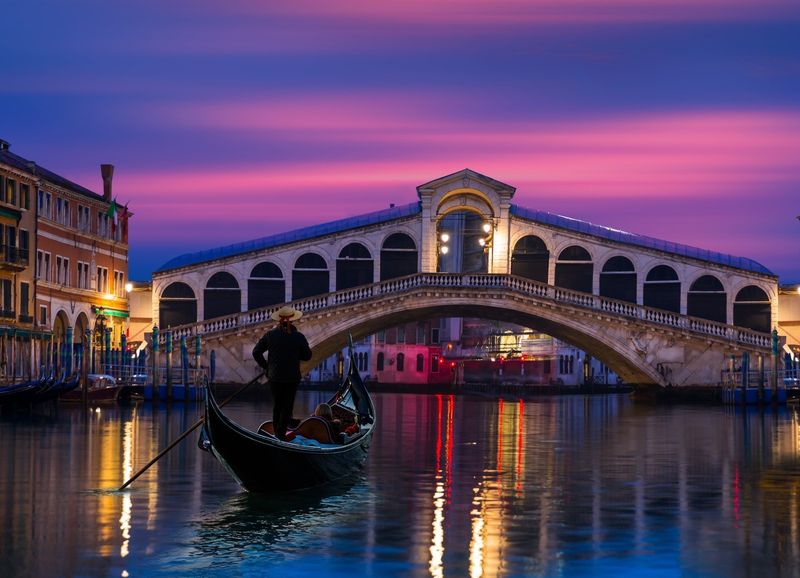
Venice feels like stepping into a living watercolor painting. The floating city’s network of 150+ canals, 400+ bridges, and car-free streets creates an atmosphere unlike anywhere else on Earth. Watching gondolas glide beneath the Bridge of Sighs while church bells echo across the lagoon is pure magic.
Many travelers make the mistake of rushing through Venice on a day trip. Instead, stay overnight to experience early mornings and evenings when day-trippers depart. Getting lost in the maze-like streets away from St. Mark’s Square reveals quiet neighborhoods where locals hang laundry between buildings and children play in small squares.
Winter visits offer lower prices and fewer crowds, though occasional acqua alta (high water) might require rubber boots. Despite overtourism concerns, Venice’s beauty, history, and romantic atmosphere make it a place everyone should experience at least once.
5. The Louvre’s Artistic Treasures
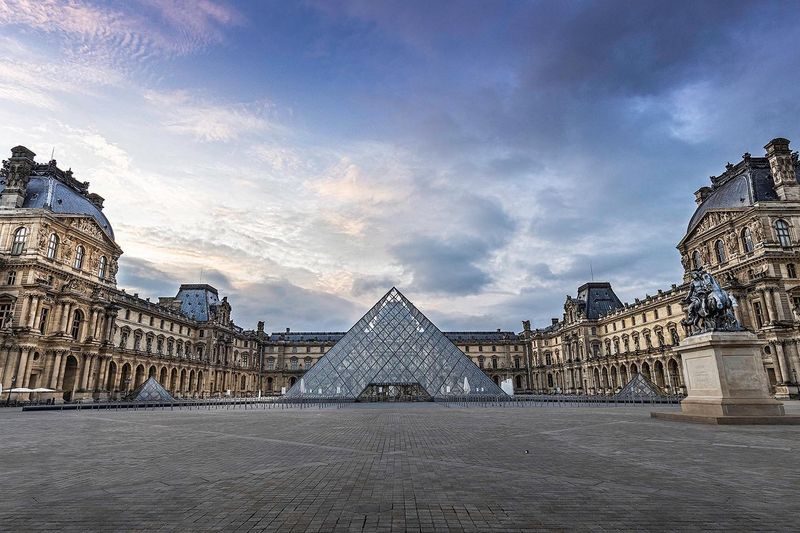
Housing over 38,000 objects spanning prehistory to modern times, the Louvre overwhelms first-time visitors in the best possible way. Beyond the famous Mona Lisa (which yes, is smaller than expected), this former royal palace contains countless masterpieces that receive far less attention but deserve equal admiration.
Plan your visit strategically by selecting a few departments that interest you most – perhaps Greek sculptures, Egyptian antiquities, or Renaissance paintings. The museum’s architecture itself deserves appreciation, from the controversial glass pyramid entrance to the ornate Apollo Gallery with its painted ceiling.
Audio guides provide fascinating context about key works, enhancing your appreciation beyond just seeing famous pieces. Visit on Wednesday or Friday evenings when the museum stays open later and crowds thin considerably.
With its vast collection spanning 675,000 square feet, the Louvre rewards those who look beyond just the most famous works.
6. The Great Wall’s Winding Wonder
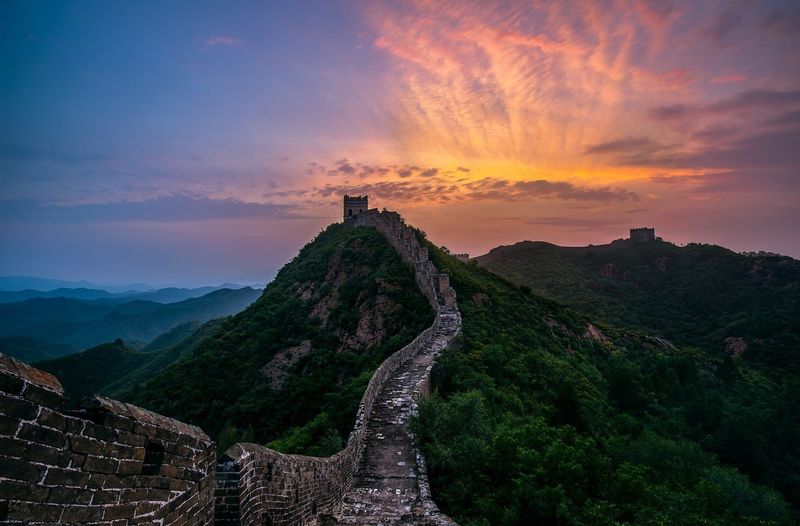
Stretching over 13,000 miles across northern China, the Great Wall represents humanity’s most ambitious construction project.
Different sections offer varied experiences – from the fully restored Badaling area near Beijing to more rugged, less-visited segments like Jinshanling where crumbling watchtowers provide glimpses into the wall’s true age.
Hiking along this ancient barrier, I was struck by how it follows the natural mountain ridges, rising and falling with the landscape. Each step reveals new panoramic views of surrounding mountains and valleys. The wall’s impressive history spans multiple dynasties, with most visible sections dating from the Ming era (1368-1644).
Weather significantly impacts your experience – spring and fall offer comfortable temperatures and clear skies. Though certain sections get extremely crowded during holidays, the wall’s immense length means you can always find less-visited areas for a more authentic experience with this architectural marvel.
7. Times Square’s Electric Energy
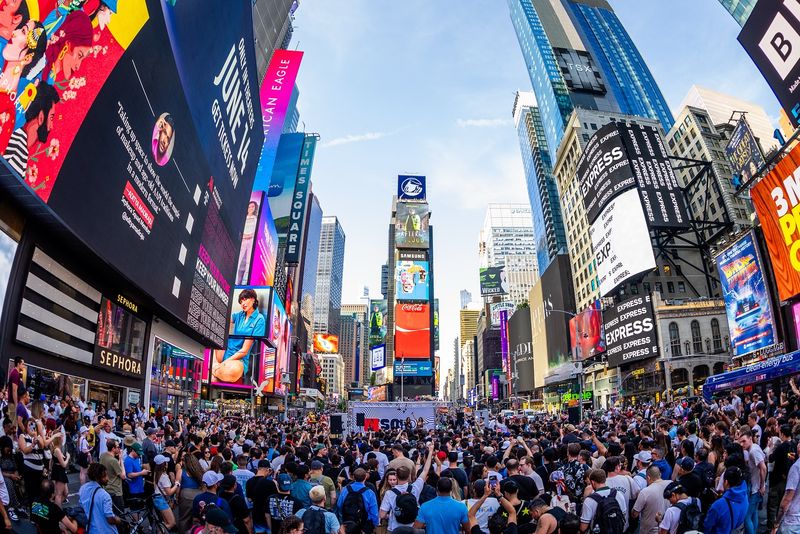
Times Square assaults your senses in the most exhilarating way possible. The intersection’s massive LED billboards create a perpetual daylight effect, while street performers, hurrying locals, and wide-eyed tourists create an atmosphere of constant motion and excitement. This crossroads of commerce and entertainment perfectly captures New York’s energetic spirit.
Visit after dark for the full effect when approximately 330,000 people pass through daily. The TKTS booth offers same-day Broadway show tickets at significant discounts, making impromptu theater experiences possible. Nearby restaurants range from themed establishments to authentic local delis.
Though prices run high and crowds can feel overwhelming, Times Square delivers exactly what it promises – an unfiltered slice of big-city energy. For a unique perspective, the bleacher steps above the TKTS booth provide a perfect people-watching perch.
Even lifelong New Yorkers occasionally stop to marvel at this iconic intersection’s vibrant chaos.
8. The Colosseum’s Ancient Arena
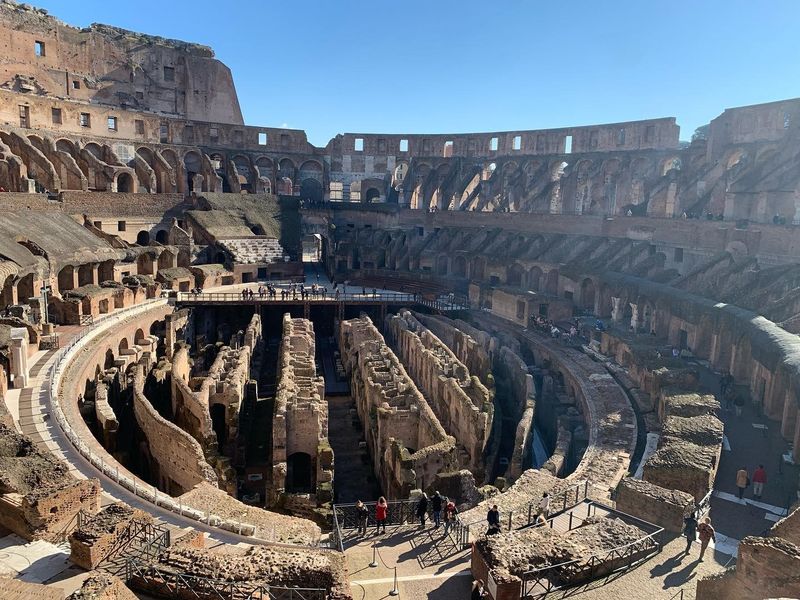
Standing inside Rome’s Colosseum, I couldn’t help imagining the roar of 50,000 spectators watching gladiatorial contests nearly 2,000 years ago.
This massive amphitheater, completed in 80 CE, represents the engineering prowess of ancient Rome with its complex system of underground chambers, trapdoors, and elevators that once brought animals and fighters to the arena floor.
Despite centuries of damage from earthquakes and stone harvesting, the Colosseum’s remaining structure conveys its original grandeur. The audio guides or guided tours provide fascinating context about the building’s construction and the spectacles once held within its walls.
Skip-the-line tickets are worth the extra cost, especially during summer months when lines can stretch for hours. For a special experience, book a tour that includes access to the underground chambers or the recently restored upper levels with panoramic city views. This iconic structure deserves its place among the world’s most recognized landmarks.
9. The Taj Mahal’s Perfect Symmetry
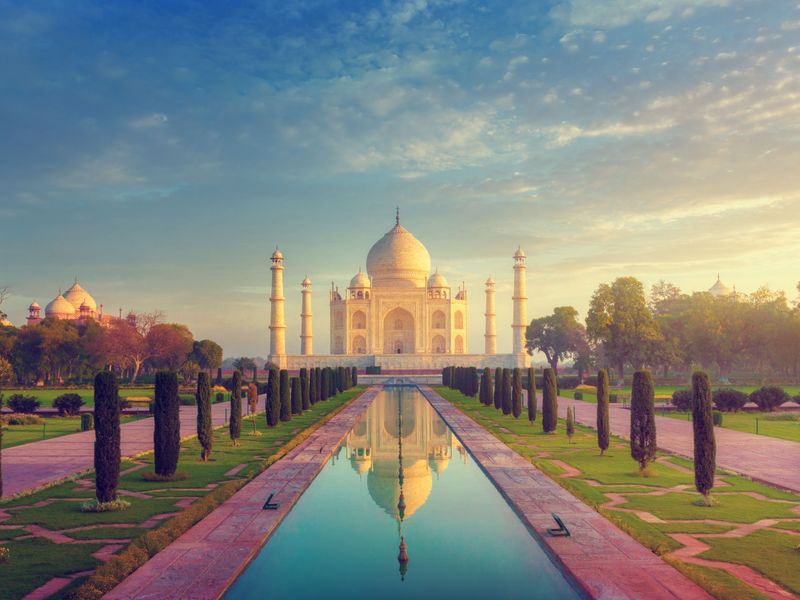
My first glimpse of the Taj Mahal through the main gateway literally brought tears to my eyes. This perfectly symmetrical white marble mausoleum seems to float above its reflecting pools, changing colors with the shifting daylight.
Built between 1631 and 1648 by Emperor Shah Jahan to honor his beloved wife, it represents history’s most magnificent monument to love.
Arriving at sunrise rewards visitors with smaller crowds and the magical sight of first light illuminating the dome. The Taj’s intricate details become apparent as you approach – semiprecious stones inlaid in floral patterns, calligraphy inscriptions, and marble screens carved so delicately they resemble lace.
Despite the inevitable crowds and strict security measures, the Taj Mahal’s beauty transcends its tourist destination status. The surrounding gardens, designed in the formal Persian style, enhance the building’s perfection through carefully planned sightlines and water features. This architectural masterpiece justifiably ranks among humanity’s greatest achievements.
10. The Northern Lights’ Natural Light Show
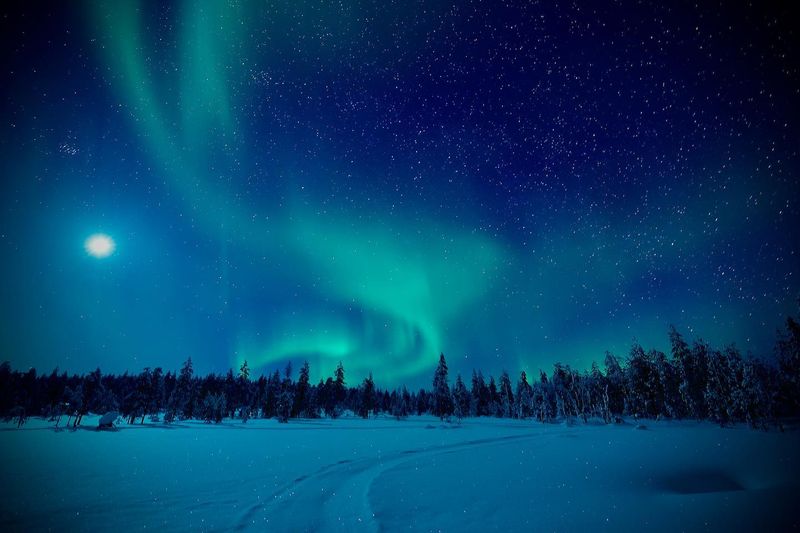
Witnessing the aurora borealis dance across a dark Arctic sky ranks among life’s most magical experiences. These ethereal green, purple, and blue lights ripple and pulse overhead like nature’s own light show. Though technically visible throughout the year in polar regions, the northern lights require dark skies, clear weather, and solar activity.
Iceland, northern Norway, Swedish Lapland, and Finnish Lapland offer excellent viewing opportunities between September and March. Alaska and northern Canada provide options closer to home for North Americans. Guided tours help maximize your chances by tracking aurora forecasts and finding optimal viewing locations away from light pollution.
Patience is essential – sometimes the lights appear for just minutes or might not show at all during your visit. Bring warm layers, a thermos of hot chocolate, and a camera with manual settings to capture this extraordinary phenomenon.
Despite the uncertainty and often cold conditions, successful aurora hunters universally agree the experience justifies any inconvenience.
11. The Blue Lagoon’s Geothermal Bliss
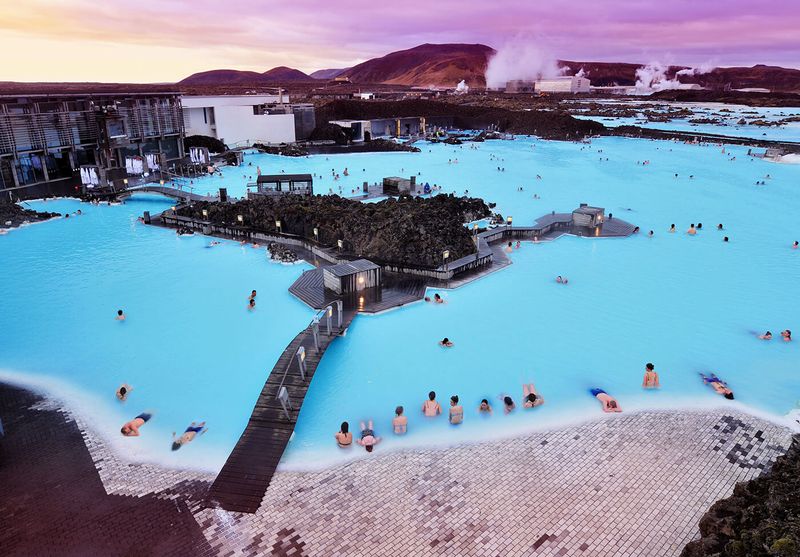
Iceland’s Blue Lagoon might initially seem like an overpriced hot spring, but soaking in its milky blue waters surrounded by black lava fields creates a truly otherworldly experience. The mineral-rich water, heated naturally by geothermal energy, maintains a perfect 100°F temperature year-round, even when snow covers the surrounding landscape.
Apply the complimentary silica mud mask to your face while floating in the steamy water for an extra spa element. The lagoon’s massive size means you can usually find quieter areas away from the main entrance, especially if you visit early morning or evening hours.
Though not a natural formation (it’s actually runoff from the nearby geothermal plant), the Blue Lagoon delivers a uniquely Icelandic wellness experience. Pre-booking is essential, as time slots frequently sell out weeks in advance.
For maximum enjoyment, bring a waterproof phone case for photos and visit outside peak summer season when Iceland receives fewer tourists.
12. The Sydney Opera House’s Iconic Sails
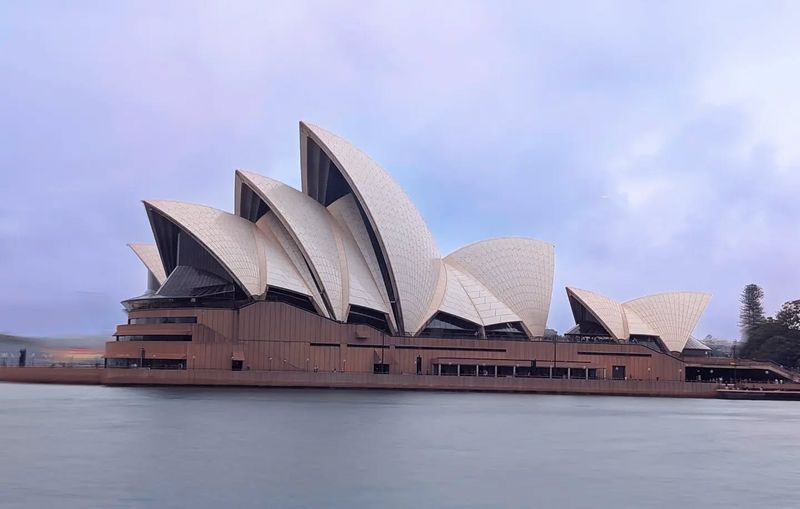
Few buildings are as instantly recognizable as the Sydney Opera House with its distinctive white sail-shaped shells. Designed by Danish architect Jørn Utzon, this architectural masterpiece sits majestically on Sydney Harbour, creating Australia’s most photographed landmark.
The building appears differently from various angles, revealing new perspectives as you move around the harbor.
Taking a guided tour reveals fascinating stories about the building’s controversial construction, which took 14 years and exceeded its budget tenfold. The interior spaces – including multiple performance venues – prove equally impressive with their perfect acoustics and innovative design solutions.
For the ultimate experience, attend a performance to appreciate the building as it was intended – as a world-class venue for the performing arts. The surrounding area offers excellent dining options with harbor views. Even if you just admire it from the outside, the Opera House’s harmonious integration with its waterfront setting justifies its UNESCO World Heritage status.
13. The Sistine Chapel’s Heavenly Ceiling

Michelangelo’s masterpiece on the Sistine Chapel ceiling represents one of humanity’s greatest artistic achievements. Completed between 1508 and 1512, these vibrant frescoes covering 5,000 square feet depict biblical scenes with extraordinary anatomical accuracy and emotional depth.
The famous “Creation of Adam” panel, where God’s finger nearly touches Adam’s, has become an iconic image worldwide.
Visiting requires navigating through the Vatican Museums, which themselves contain remarkable collections. The final approach builds anticipation as you wind through ornate galleries before entering the relatively plain rectangular chapel where all eyes turn upward in collective awe.
Despite strict rules against photography and the often-crowded conditions, seeing these frescoes in person delivers a profound experience that reproductions cannot match. The chapel actively functions as a sacred space, not just a tourist site.
Visit early morning or late afternoon for slightly smaller crowds, and consider booking a guided tour for fascinating background about Michelangelo’s techniques and the artwork’s religious symbolism.
14. The Pyramids of Giza’s Ancient Mystery

Standing before the Great Pyramid of Giza – the only surviving wonder of the ancient world – creates an overwhelming sense of human history. Built around 2560 BCE without modern technology, this massive structure contains approximately 2.3 million limestone blocks weighing 2.5 tons each on average.
The precision of its construction continues to baffle modern engineers.
The Giza complex includes three main pyramids, the enigmatic Sphinx, and several smaller structures. Entering the Great Pyramid’s narrow passages provides a visceral connection to ancient Egyptian beliefs about the afterlife, though claustrophobic visitors might prefer exploring just the exterior.
Camel rides around the complex offer memorable photo opportunities, but arrange prices clearly beforehand. Despite the persistent vendors and sometimes chaotic atmosphere, these monuments deliver a profound connection to humanity’s ancient past.
Visit early morning to avoid both crowds and the intense desert heat, and consider hiring a knowledgeable guide to enhance your understanding.
15. Santorini’s Postcard-Perfect Vistas
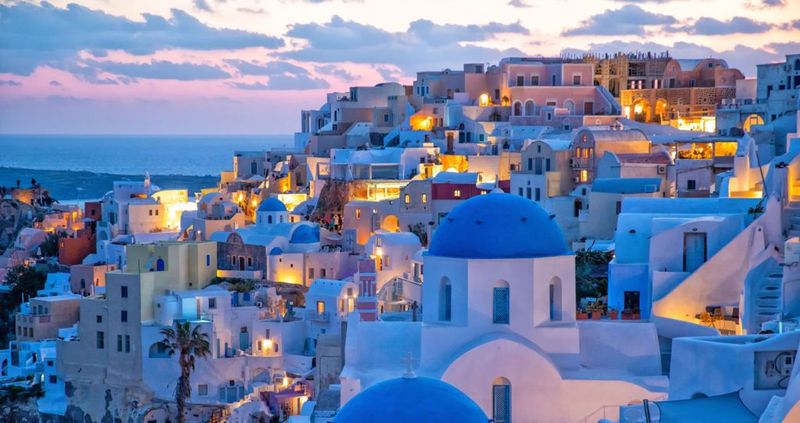
Perched on a volcanic caldera rim 1,000 feet above the Aegean Sea, Santorini’s whitewashed buildings with blue domes create Greece’s most recognizable landscape. The island’s unique geology resulted from one of history’s largest volcanic eruptions around 1600 BCE, leaving behind the crescent-shaped main island with dramatic cliffs facing the sea.
Watching sunset from the village of Oia provides an unforgettable experience as golden light transforms the white buildings to pink and orange hues. Though this particular spot gets extremely crowded, numerous restaurants offer sunset views with dinner.
Exploring beyond the main caldera towns reveals black and red beaches, ancient ruins, and traditional villages.
Summer brings cruise ship crowds and premium prices, making spring or fall ideal for visits. Despite its popularity on social media, Santorini’s beauty exceeds expectations in person.
The combination of geological drama, architectural charm, excellent local cuisine, and crystal-clear waters justifies the island’s reputation as a bucket-list destination.
16. Disney World’s Magical Kingdoms

Walt Disney World might represent the ultimate commercial tourist attraction, yet it continues delighting millions annually for good reason. The resort’s four main theme parks, two water parks, and numerous hotels create an immersive experience that temporarily transports visitors from everyday reality.
The attention to detail throughout – from hidden Mickey symbols to themed restaurants – rewards observant guests.
Magic Kingdom’s Cinderella Castle provides the iconic centerpiece, but each park offers distinct experiences. Epcot celebrates human achievement and global cultures, Animal Kingdom combines zoological exhibits with fantasy elements, and Hollywood Studios showcases movie magic and Star Wars adventures.
Strategic planning helps manage inevitable crowds – use the official app for wait times, make dining reservations well in advance, and consider visiting during shoulder seasons.
Though expensive and sometimes overwhelming, Disney World delivers genuine moments of wonder for both children and adults willing to embrace its particular brand of storytelling magic.
